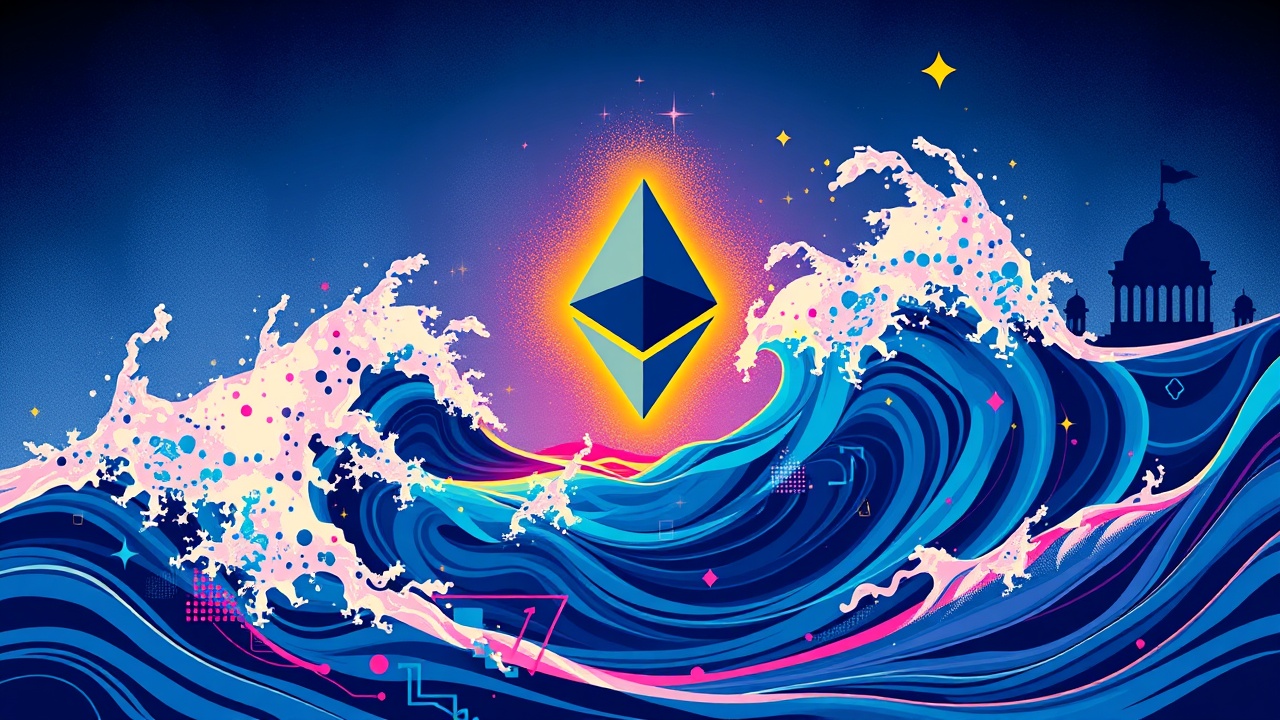Challenges Facing Ethereum
In light of the ongoing challenges faced by Ethereum and its co-founder Vitalik Buterin, a critical examination of the current landscape reveals multiple underlying issues.
Insular Mindset of the Ethereum Foundation
Firstly, the Ethereum Foundation (EF) has developed an insular mindset that has hampered genuine innovation. From 2020 to 2024, the organization has been perceived as elitist, prioritizing complex technical developments over the pressing needs of its user base. This disconnect has allowed nimble competitors like Solana and Sui to capitalize on this moment and enjoy substantial growth, as EF leadership overlooked crucial feedback during a pivotal time.
Market Fatigue from Technological Narratives
Secondly, the relentless promotion of various technological narratives—be it DeFi, NFTs, or various Layer 2 scaling efforts—has contributed to market fatigue. Ethereum appears to function as a perpetual narrative engine, consistently introducing new concepts without effectively translating them into substantive user value. As a result, many users are becoming disenchanted with an overly technical focus that fails to resonate with the realities of the ecosystem and market pricing dynamics. Ethereum’s hope of driving market expansion by elevating technical barriers has thus far not proven effective in sustaining long-term prosperity.
Complications from Layer 2 Ecosystem
In addition, the growing Layer 2 ecosystem, which includes projects like Optimism and Arbitrum, has introduced its own set of complications. While these initiatives have successfully tackled certain scalability issues—like significantly lowering gas fees and increasing transactions per second (TPS)—they have inadvertently complicated the user experience and diluted liquidity across the network. Issues such as cross-chain compatibility among various stacks (e.g., OP Stack and ZK Stack) create interoperability hurdles that detract from potential value generation, turning highly anticipated projects into superficial money-makers devoid of substantive contributions to Ethereum’s greater narrative.
ETH Value Model Concerns
Moreover, Ethereum’s current model for capturing the worth of its native token, ETH, post-EIP-1559 implementation, has not yielded the expected results. Without a robust mechanism linking ETH value directly to network usage, the transaction fees generated within Layer 2 solutions fail to effectively support the main Ethereum network. This shift towards a modular architecture, intended to delineate the foundational layer from application layers, has transformed ETH into a mere settlement layer rather than a dynamic value center. Consequently, while rivals like Solana have seen explosive growth, Ethereum has struggled to reclaim its historical highs.
Cultural Challenges and Community Perception
Lastly, the culturally entrenched nature of Ethereum’s overly technical community poses challenges in appealing to a broader audience. This geek-oriented culture tends to dismiss trends that may seem simplistic, such as meme culture, thereby alienating it from mainstream market trends. In sharp contrast, the Solana ecosystem has attracted a diverse influx of participants by fostering an environment that values inclusivity and innovation, which in turn has led to a thriving developmental cycle.
Resilience and Hope for the Future
However, it’s essential to recognize that even amidst these challenges, Ethereum possesses a resilient developer ecosystem and a strong foundation in DeFi infrastructure security. Many enthusiasts believe that the narrative of technology alongside long-term commitment can still restore Ethereum to a formidable position in the market. Adopting a balanced view of ETH as a decentralized network asset, rather than clinging to excessive expectations of maintaining its status as the second-largest player in the crypto realm, might be the prudent path forward for its supporters.

















